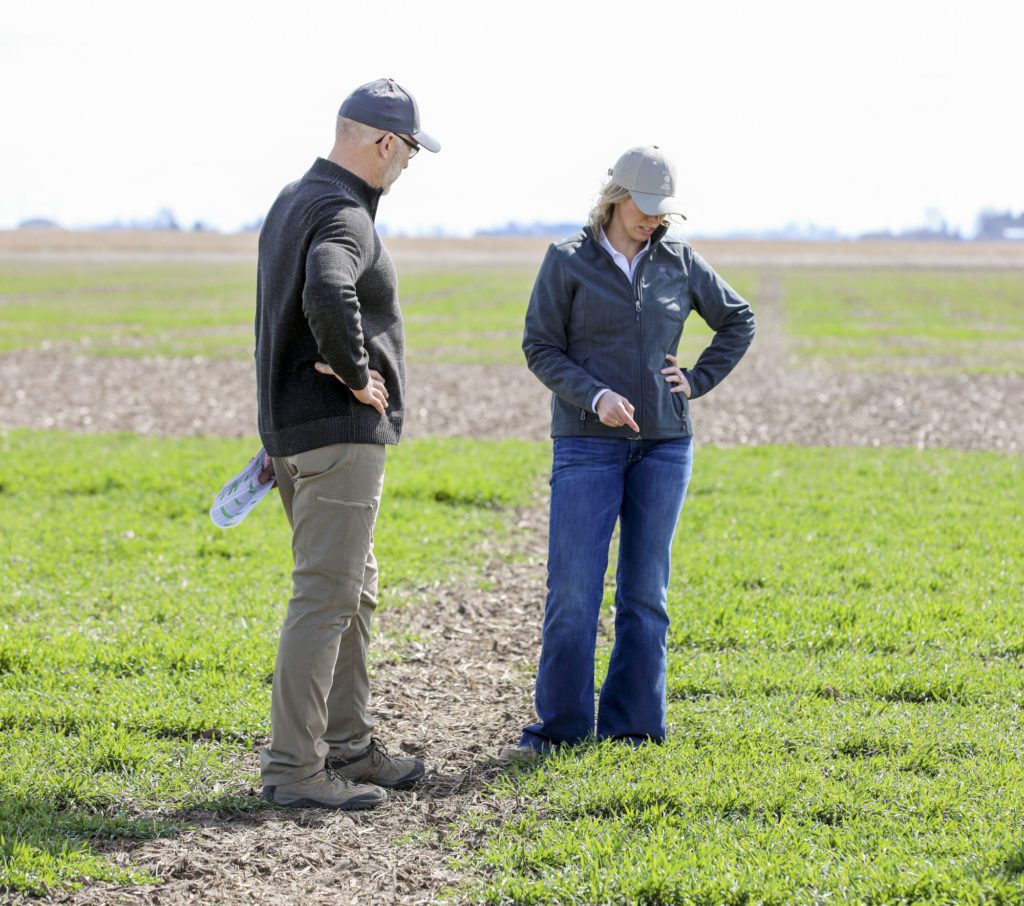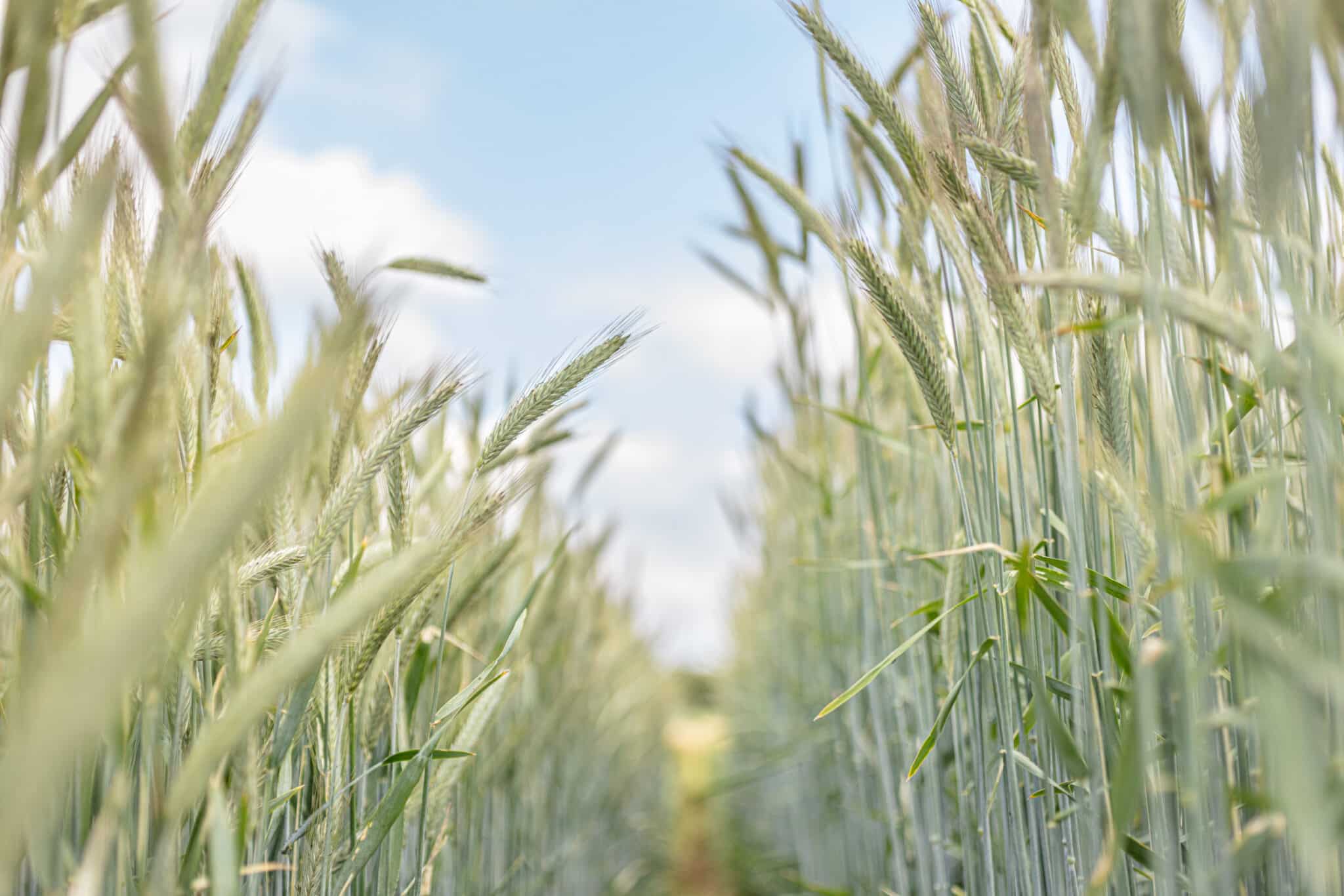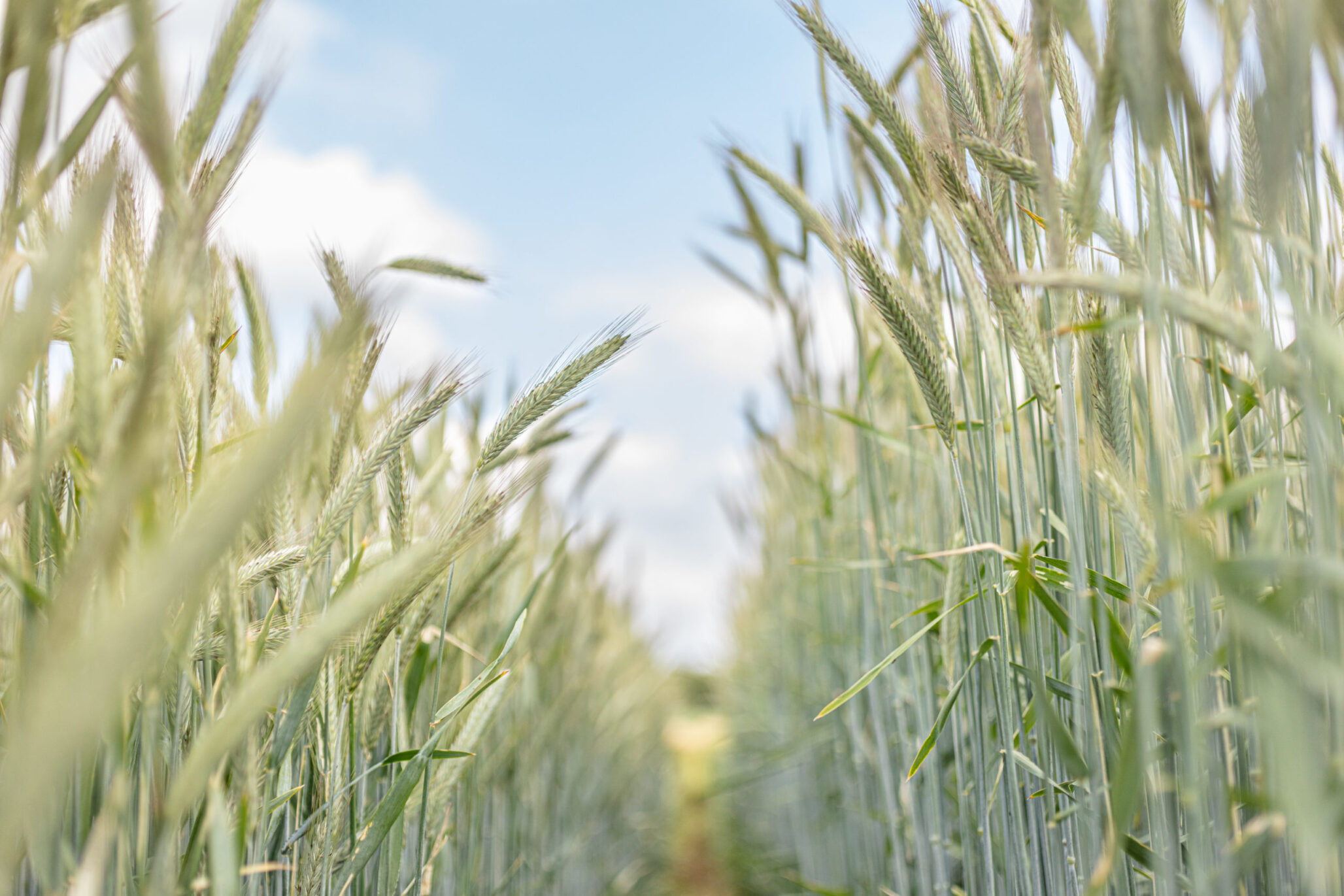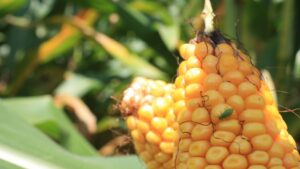Hybrid Rye Combines Cash Crop Economics with Crop Rotation Agronomics
Crop rotator, pest problem solver, conservation enhancer, profitability enabler. Hybrid rye may just be the fixer for farmers wanting to solve multiple challenges with one novel crop.
That includes Peter Anthony, who farms near Saint Peter in south central Minnesota. Anthony has been solving production challenges with hybrid rye for the last five years. His operation includes a corn-soybean rotation, small beef enterprise and participation in a sow cooperative. The area around his farm is a significant sweet corn and pea production region for canning.
“About 25 years ago, I tried cereal rye in the winter as a cover crop after harvesting canning vegetables. It was good for weed suppression and soil erosion and I could use it as cattle forage and chop it for silage prior to planting soybeans,” says Anthony. “So, when University of Minnesota Extension Small Grains Specialist Jochum Wiersma suggested hybrid rye might be a good fit for the Upper Midwest, we were eager to try it. The performance is excellent, and it is a good fit on our farm.”
KWS, a German plant breeding company, released hybrid rye into the U.S. market about five years ago, after breeding hybrids for about 20 years to enhance rye’s agronomic performance.
Agronomic Options
“Hybrid rye gives farmers the opportunity to introduce a new crop to their rotation as a fix for soil erosion, nutrient leaching and winter ground cover,” says KWS Cereals USA Country Manager Becca Brattain, PhD. “Farmers can lower risk by diversifying their corn-soybean rotation and add value to their operation at the same time.”
When Anthony first tested hybrid rye in his rotation, he was immediately pleased with the high yields he received. He says it has been a good alternative to spring wheat or oats.
“For a rotation, I follow the soybean combine with a no-till drill to plant hybrid rye in September or October and harvest it the following July,” he explains. “Then I plant tillage radish and clover as cover crops and the next year rotate to corn and then soybeans. We have heavy soils, so no-till or minimum till is unusual here. But adding hybrid rye allows me to make one pass with the field cultivator every three years to reduce tillage and improve soil health.”

In addition to cultural practice advantages, the three-year rotation breaks up the corn rootworm cycle. Anthony does not have to treat for the pest, nor does he make herbicide applications to hybrid rye in most years. That helps with herbicide-resistant waterhemp and giant ragweed control.
“That is huge,” he says. “We are still learning about other agronomics that work best, such as the ideal hybrid rye plant population, fertility and planting date.”
Peter Sexton, South Dakota State University (SDSU) Extension sustainable cropping systems specialist, has been working with both conventional rye as a cover crop and grain for 10 years and hybrid rye as a cash crop for three years on the SDSU Southeast Research Farm.
He agrees with Anthony’s assessments. “Hybrid rye is an agronomically robust crop in a rotation and as part of a whole cropping system. In addition to breaking the weed and corn rootworm cycles, it completes its life cycle before the summer heat. That makes it less risky than corn or soybeans that are filling seed during those hot temperatures when moisture can be scarce.”
In hybrid rye variety trials during the last three seasons, Sexton says yields have been in the 105-120 bushels per acre range, and he thinks they can go higher.
“Hybrid rye is winter hardy, less disease susceptible, more reliable as a forage, good for the soil and uses fewer inputs. That asset list becomes more valuable adding yield potential,” he says.
Market Inroads
And while producing hybrid rye may be pretty much agronomically sound, farmers are cautioned to not jump into production until they secure a market for it first.
“This is still a low-volume crop since not much is produced in the Upper Midwest yet. Establishing a market takes some effort,” says Anthony, who has found the milling market to be a profitable one for his hybrid rye. “The good news is that there are several flour mills in this part of Minnesota that produce rye flour. It’s a good match for the milling market.”
“Most hybrid rye right now is going into milling and also distilling,” says Brattain. “We have seen a lot of interest from rye whiskey distillers given its high quality.”
In fact, hybrid rye quality rivals conventional rye quality. “Conventional rye has not been advanced by breeders, so hybrid rye more easily meets quality standard specs and reduces the risk of it not being accepted by buyers,” she says. “It has a lucrative pricing structure.”
But perhaps the largest potential market is still being established. Sexton predicts feeding cattle and hogs may offer the highest value and will eventually become the primary market.
“It is a good fit for livestock. Farmers showing interest in it especially are those who can feed it, need the straw or want to apply manure on fall fields. Depending on conditions, you may be able to graze it in the fall, too. This is an area where we want to do more research,” he says.
Integrated producers will find they can lower their feeding cost risks with the added diversity. “You can feed the hybrid rye you produce and sell your corn when corn prices are high and vice versa,” says Brattain. “Adding either crop as an energy source to feed rations pays off.”
She anticipates feed mills are another possible outlet. Research shows hybrid rye is effective in finishing diets. Its interesting nutritional profile includes higher crude protein than corn.
“Big picture, the livestock market is where we see the long-term growth, but the other markets that we have established are just as critical for overall success,” says Brattain.
If it makes sense for you to use it and you have identified a market for it, give it a try on a small scale,” adds Sexton. “I hope to see its production expand.”For more information about hybrid rye production and marketing, visit www.kws.com












